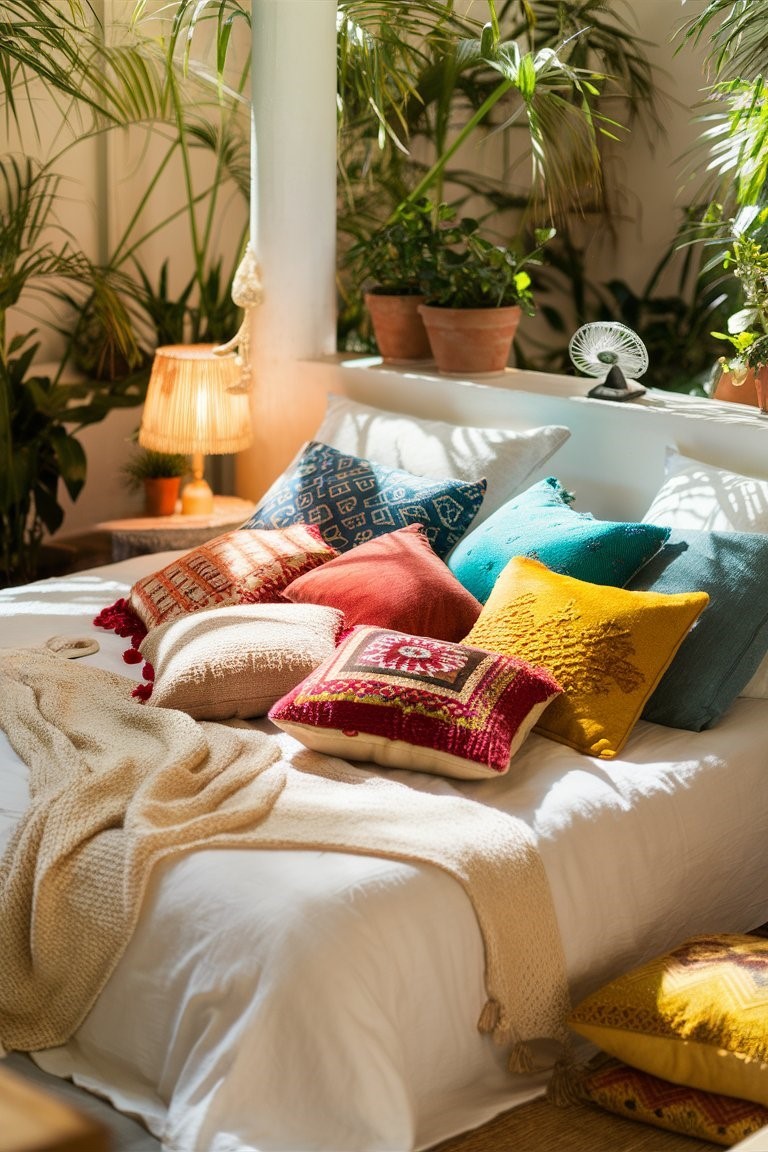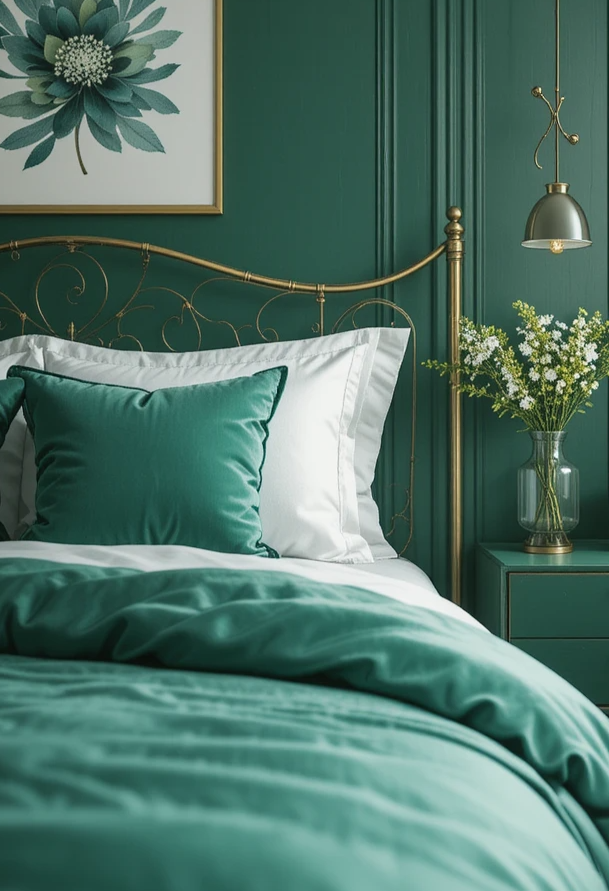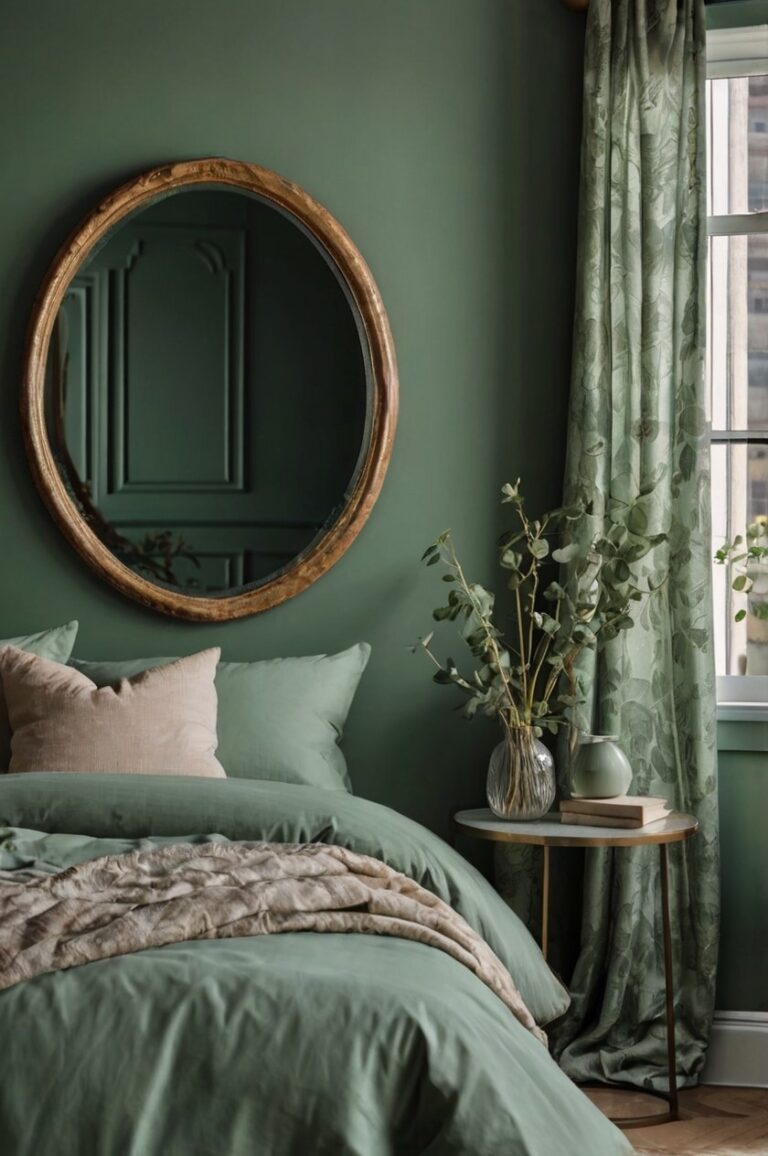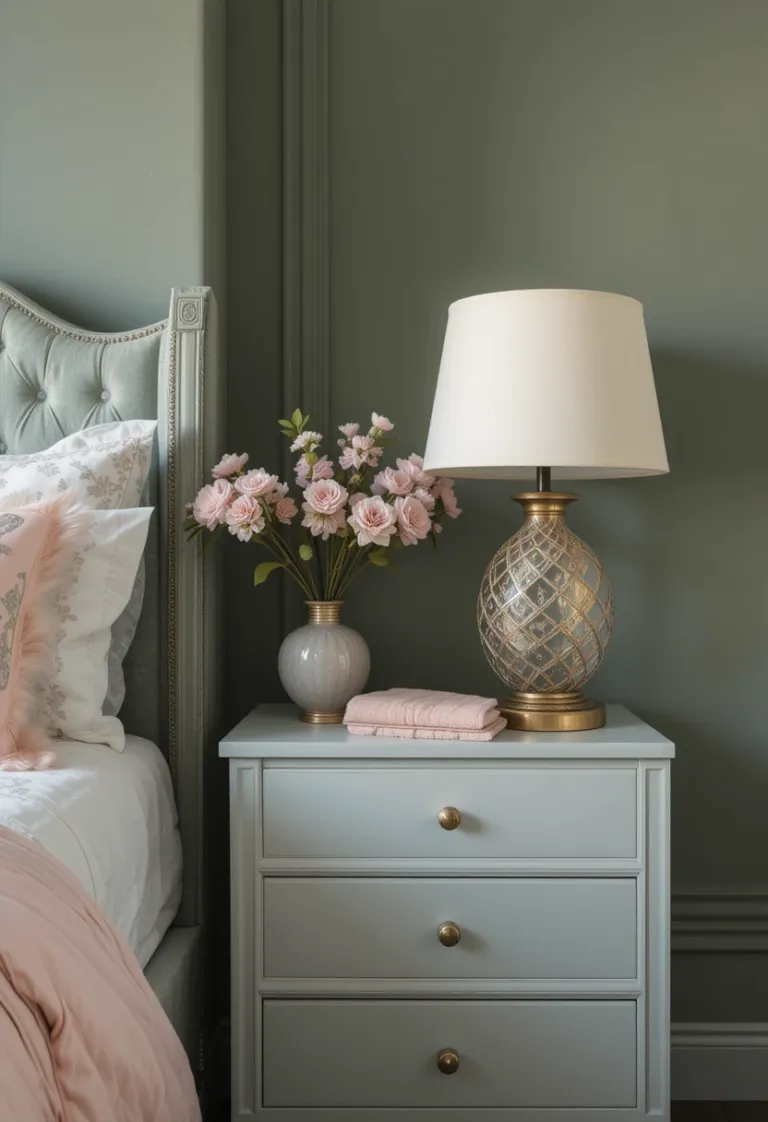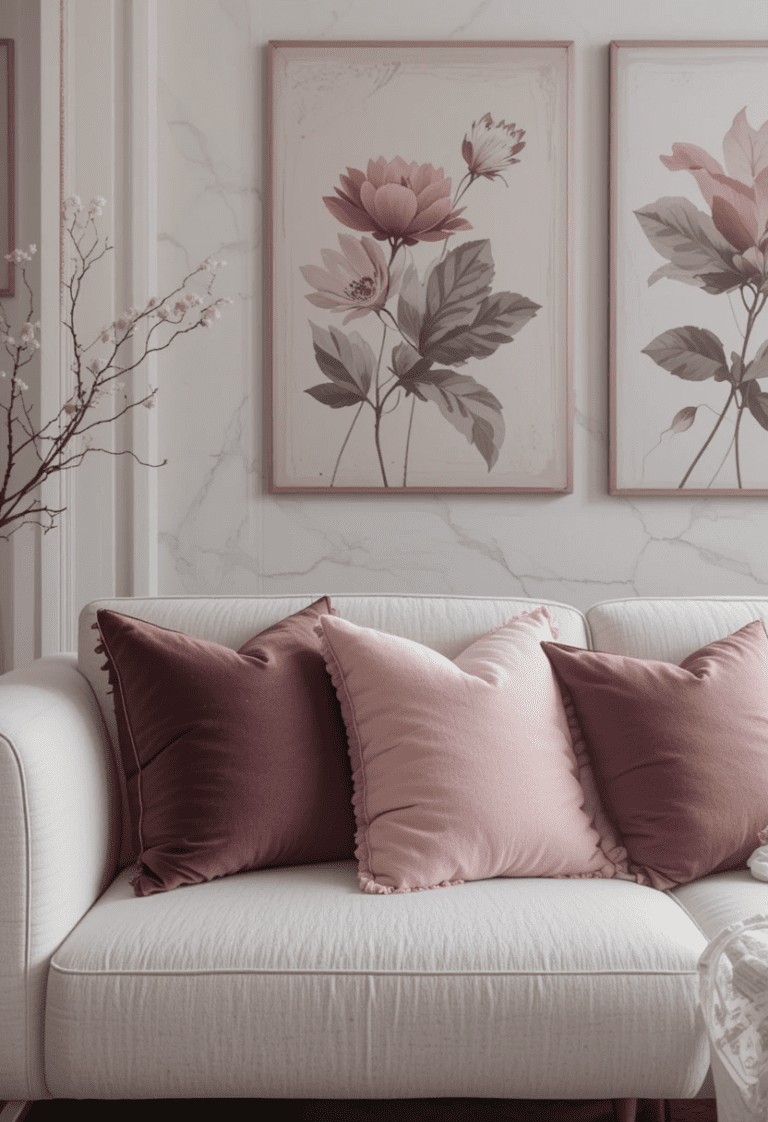Bedroom Plants: Adding Greenery for Health and Aesthetics
This site contains affiliate links; view the disclosure for more information.
Incorporating plants into your bedroom decor is a fantastic way to enhance both the aesthetic appeal and health benefits of your space. Plants not only add a touch of natural beauty but also improve air quality, boost mood, and create a more serene environment. Here’s a comprehensive guide to selecting and caring for bedroom plants, ensuring your space is both beautiful and beneficial.
1. Benefits of Bedroom Plants
Before diving into the best plants for your bedroom, it’s important to understand why having plants in your sleeping area is a great idea:
- Improved Air Quality: Many indoor plants have air-purifying qualities, removing toxins and increasing oxygen levels. Plants like the snake plant, spider plant, and peace lily are known for their ability to filter out pollutants.
- Enhanced Mood: The presence of greenery can reduce stress, improve mood, and enhance overall well-being. Studies have shown that being around plants can lower anxiety and promote a sense of calm.
- Better Sleep: Some plants, such as lavender and jasmine, have soothing scents that can help you relax and improve sleep quality.
- Humidity Regulation: Plants release moisture into the air through a process called transpiration, which can help maintain healthy humidity levels in your bedroom.
2. Best Plants for the Bedroom
When choosing plants for your bedroom, consider their light requirements, maintenance level, and air-purifying qualities. Here are some top picks:
- Snake Plant (Sansevieria trifasciata): This hardy plant is great for beginners. It thrives in low light, requires minimal watering, and is excellent at filtering indoor air.
- Peace Lily (Spathiphyllum): Peace lilies are not only beautiful with their white blooms but also effective at removing toxins from the air. They prefer low to moderate light and like to be kept moist.
- Spider Plant (Chlorophytum comosum): Spider plants are easy to care for and can thrive in various light conditions. They produce “pups” that can be propagated into new plants and are excellent air purifiers.
- Lavender (Lavandula): Known for its relaxing scent, lavender can help improve sleep quality. It requires plenty of sunlight, so it’s best placed near a window.
- Aloe Vera: Aloe vera is not only a great air purifier but also has medicinal properties. It requires bright, indirect light and infrequent watering.
- English Ivy (Hedera helix): This trailing plant is effective at removing mold spores from the air. It prefers moderate light and regular watering.
3. Caring for Bedroom Plants
To keep your bedroom plants healthy and thriving, follow these general care tips:
- Watering: Overwatering is a common mistake. Most bedroom plants prefer to dry out slightly between waterings. Check the soil moisture by sticking your finger about an inch into the soil. If it feels dry, it’s time to water.
- Lighting: Ensure your plants get the right amount of light. While some plants thrive in low light, others need bright, indirect light. Place plants accordingly to match their light preferences.
- Temperature and Humidity: Most indoor plants prefer a stable temperature and humidity level. Avoid placing them near drafts, heating vents, or air conditioners. A humidity tray or a room humidifier can help maintain optimal humidity levels.
- Fertilizing: During the growing season (spring and summer), feed your plants with a balanced, water-soluble fertilizer. Reduce or stop fertilizing during the fall and winter when plant growth slows down.
- Pruning: Regularly prune your plants to remove dead or yellowing leaves and encourage new growth. This also helps maintain their shape and size.
4. Decorating with Bedroom Plants
Incorporating plants into your bedroom decor can be both fun and rewarding. Here are some ideas to get you started:
- Bedside Table Plants: Place small, easy-to-maintain plants like succulents or aloe vera on your bedside table for a touch of greenery.
- Hanging Planters: Utilize vertical space by hanging plants like English ivy or spider plants. Hanging planters add visual interest and keep surfaces clutter-free.
- Windowsill Gardens: Create a mini garden on your windowsill with sun-loving plants like lavender and herbs.
- Plant Stands and Shelves: Use plant stands or floating shelves to display a variety of plants at different heights, creating a dynamic and layered look.
- Corner Greens: Fill an empty corner with a tall plant like a snake plant or fiddle leaf fig to add height and draw the eye upward.
Conclusion
Adding plants to your bedroom is a simple yet effective way to enhance both the health and aesthetic appeal of your space. With their air-purifying qualities, mood-boosting benefits, and the calming presence of greenery, plants are a valuable addition to any bedroom. By selecting the right plants and providing proper care, you can create a serene and beautiful environment that promotes relaxation and well-being. Embrace the natural beauty and health benefits of bedroom plants to transform your space into a tranquil oasis.
